The Other Work
Independent artists often do other work alongside their art making, but how does it sit within their arts practice as a whole?
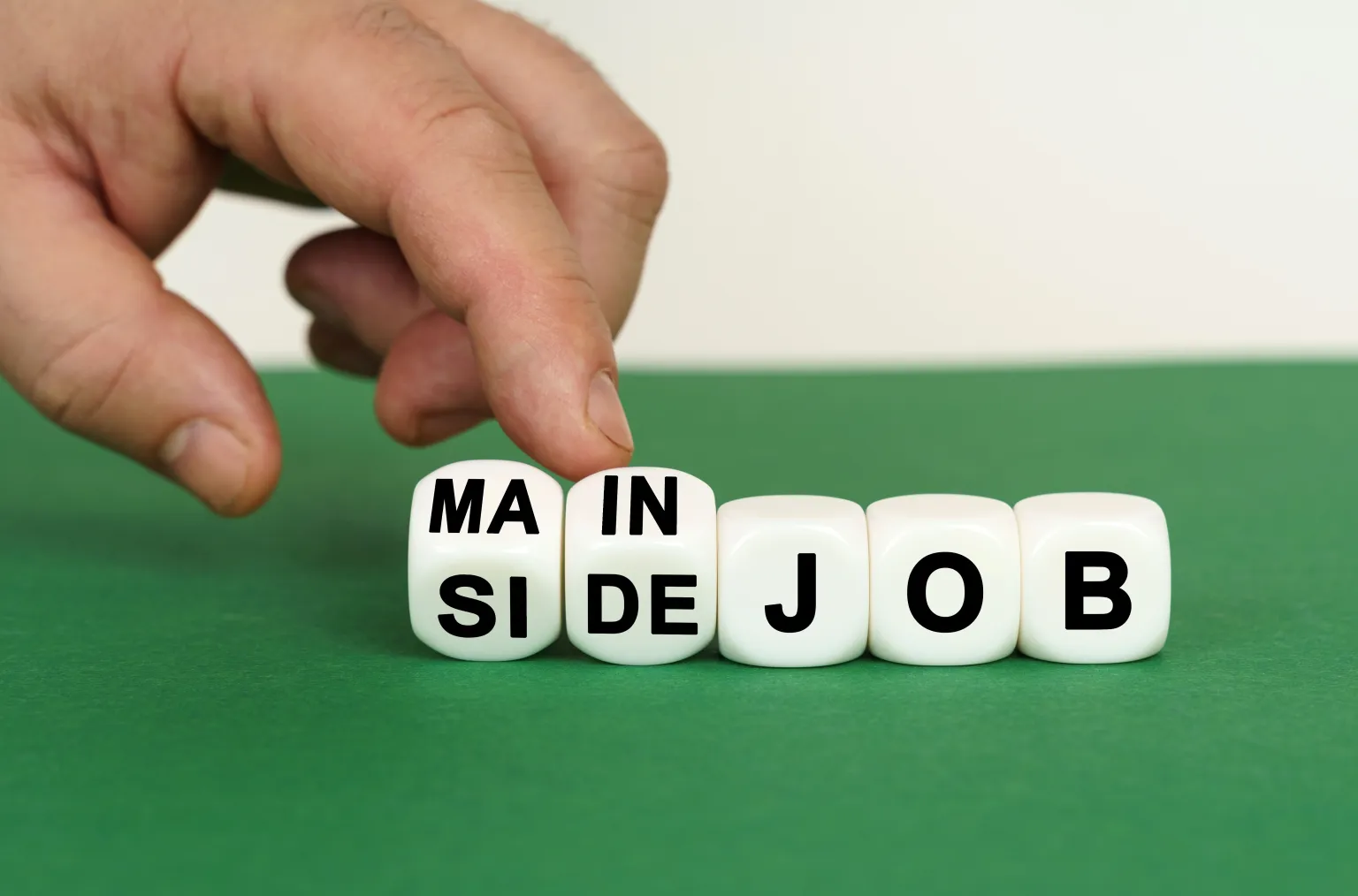
The golden standard of a successful independent arts practice is to appear to be making as much art as you can - as often as you can.
Being able to make art the majority of your time or having the opportunity to make art “full-time”, is a dream come true for most artists. The problem with this golden standard is that it is extremely difficult to achieve, fundamentally due to a lack of resources, infrastructure and opportunities, and for similar reasons is even harder to sustain in a stable manner over time.
For the large majority of practising independent artists who do work at “other” jobs and/or gigs outside of their arts practice, as performer and songwriter Jen Cloher recently shared during ArtsHub and Creative Victoria’s Creative Exchange webinar - Managing the business of creative practice - understanding that very few artists make their living entirely from their creative practice helps to dismantle the “I’m a failure because I work at a day job” mentality. As Cloher explained, she has always worked at other jobs outside of her creative practice.
If this is the predominant reality, what then does a successful independent arts practice look like for the large majority – for those who have to (or choose to) do “other” work and/or gigs alongside their creative practice?
ArtsHub talked with several independent artists from a range of disciplines, across theatre and performance, music and visual arts. They ranged from those currently working in a job outside their arts practice for the majority of their time, to those working almost full-time in their arts practice, alongside other related work, to those working full-time in their arts practice (and what that can actually entail).
The takeaway is that an arts practice is always in flux, it is defined by your own measures of success based on your values and goals, and it is hopefully coloured by a compassionate understanding of the extremely hostile environment in which independent artists find themselves when trying to establish a career as an independent artist in this country.
The other work
For independent artists, this other work can take place either within the arts and cultural sector or outside of it – in sectors such as education, hospitality and health, for instance.
The choice of what this work looks like is a deeply personal one, just as personal as the kind of art someone chooses to make.
For independent artists who choose to work within the arts and cultural sector, the relationship between this work and their arts practice is the most obviously related. For instance, this can look like producing, curating, dramaturging, managing administration tasks, art handling, installation gigs, speaking at panels, teaching workshops and much more.
Many independent artists are small business owners, CEOs of arts companies and start-ups, and take on many other entrepreneurial endeavours within the arts and cultural sector.
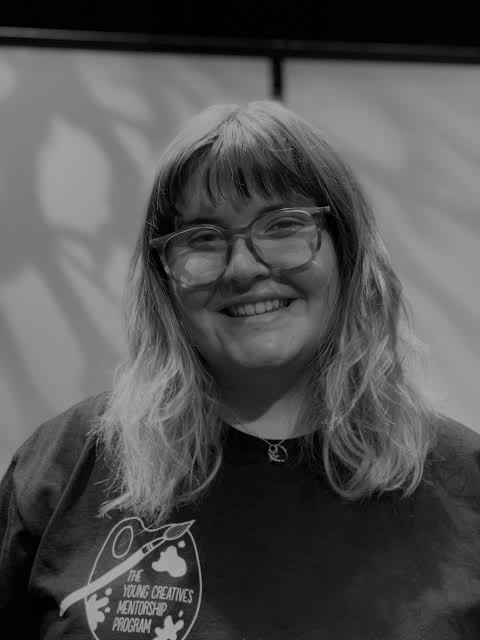 Amber Grossman. Image: Supplied.
Amber Grossman. Image: Supplied.
Regional theatre-maker, founder of Overall Arts theatre company and teaching artist, Amber Grossman, has been making theatre since she was 16 and had her foot-in-the-door moment early on - when she was offered a place in the Queensland Theatre Teaching Artist Program out of high school.
"Being a teaching artist is the most financially lucrative part of my arts practice. It wasn’t something I initially wanted to do, but I immediately fell in love with it. I’m a producer too, but I also never set out to be a producer," Grossman tells ArtsHub.
"The bones of being a producer are not at all artistic, right? Like doing maths, writing emails, doing more maths. In itself, it’s not really an 'artistic' practice but for me, I would say it’s part of my arts practice because without it my practice couldn’t exist to the extent that it does."
The material support that these other jobs provide for the art-making side of the practice makes them just as integral to realising a professional arts practice as any artistic process. This is a clear example of how other work always affects the arts practice - the only question is how?
Looking at things from a more structural level is interdisciplinary artist and performance-maker Lara Thoms. Officially, Thoms is the co-CEO of APHIDS and a co-Founder of The ArtsPay Foundation – a for-purpose payment processing company that provides an independent funding source for independent artists.
"A big part of working in the arts [for me] is being able to generate opportunities and make the kind of ecosystem of the independent arts scene thrive," says Thoms.
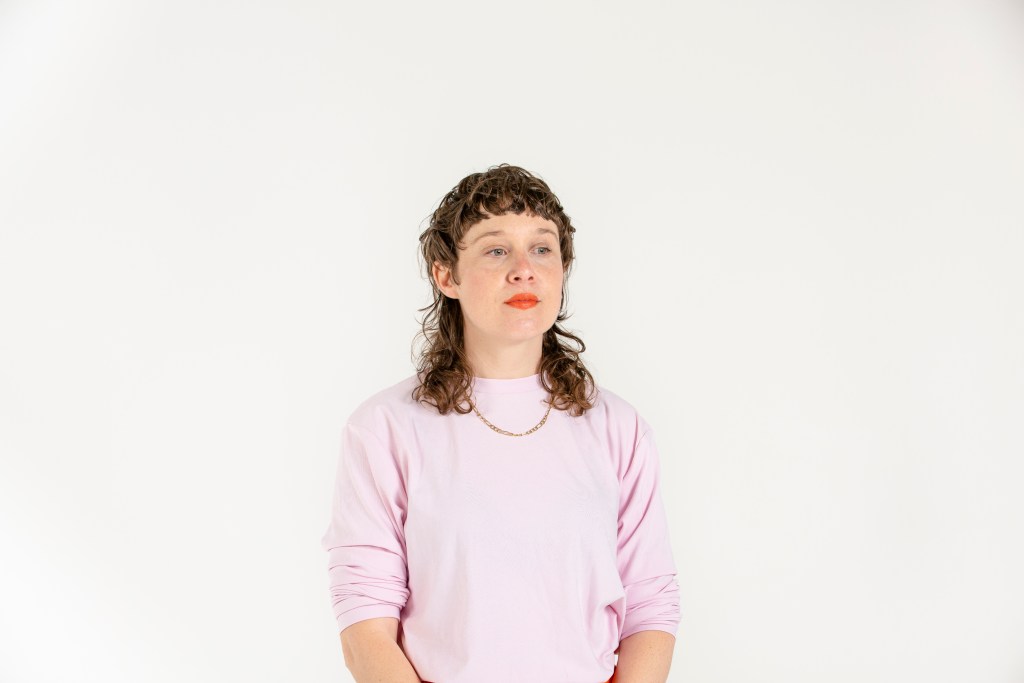 Lara Thoms. Image: Supplied.
Lara Thoms. Image: Supplied.
In many ways Thoms could be described as an independent artist who (after practising non-stop for almost two decades) appears to be achieving the aforementioned 'golden standard'. However, Thoms explains that even they don’t spend the majority of their time making art.
"Running a small arts organisation like APHIDS, it’s very much fundraising, governance and stakeholder management, that’s what takes up a big chunk of my time," says Thoms.
It is important to acknowledge that not every artist has the opportunity to run an arts organisation or has the inclination towards maintaining the intense lifestyle of doing gig work and being a full-time sole trader.
Trying to find balance as an independent artist between your work and the things in your life that are outside your work is difficult, to say the least.
Visual artist and painter Liam Ambrose is a case in point.
After graduating from the College of Fine Arts (now known as UNSW Art and Design), Ambrose jumped into the life of an independent artist as a painter, working out of a studio, while juggling part-time and contract work both within and outside of the arts.
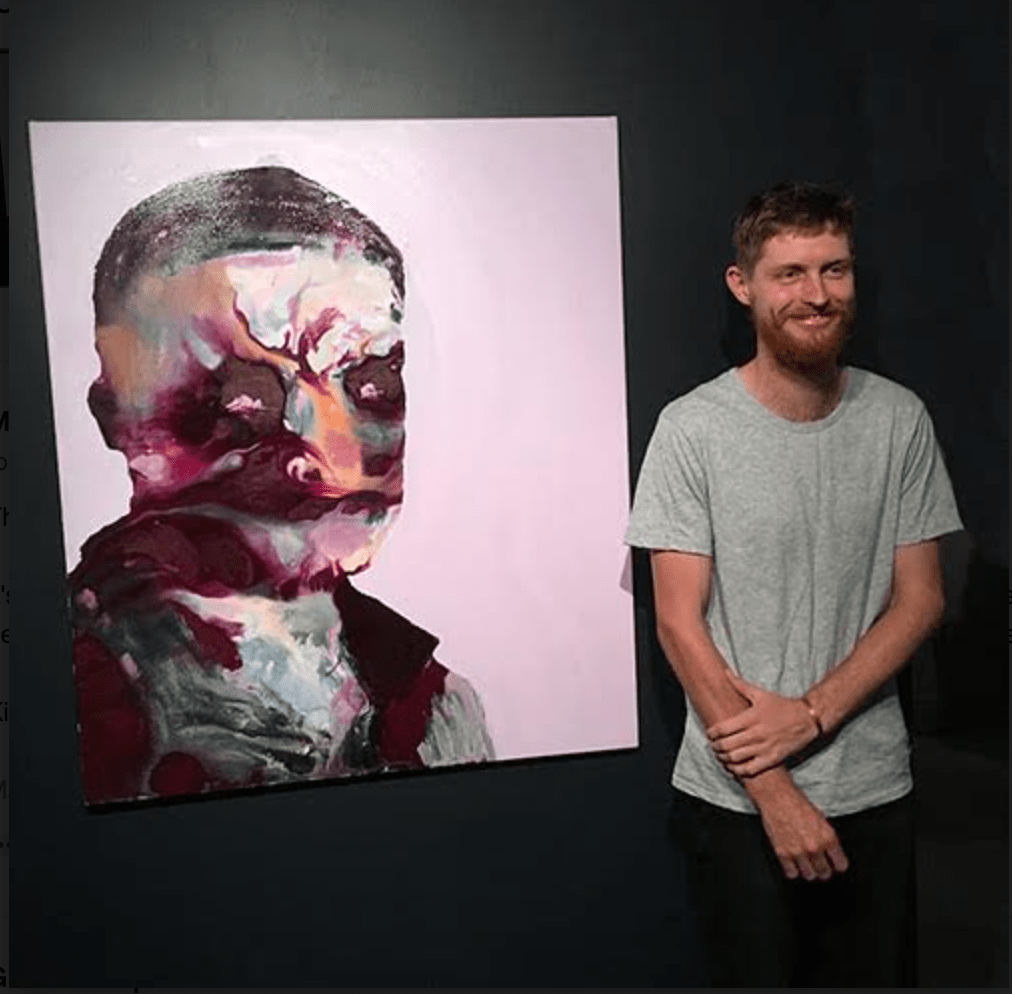 Liam Ambrose. Image: Supplied.
Liam Ambrose. Image: Supplied.
"I did a lot of art handling and installation work; those jobs get passed around and people recommend people they know. It’s pretty self-reinforcing in that way. That’s part of why I wanted to go and do a trade [carpentry]. I didn’t want to be doing that for the next 30 years.
"My partner and I also wanted a family, and I couldn’t see myself living the lifestyle I had at the time, while having kids."
Around five years ago, he reached a point where he could no longer maintain the lifestyle of working at various gigs, trying to make it work with studio time, and having a very irregular income.
"Even though I’ve barely made any work in the last two to four years - apart from bits and pieces here and there - I think about it every day.
"I still go and look at art, I go to exhibitions, I have friends working in the arts. It is still very much a part of my life. Eventually, I will make my way back into the industry when I can manage the time."
An independent arts practice is not a stable, linear career path - it is far more dynamic and unstable than the “emerging to established” labels we give artists.
Most people understand that they will need to do other work alongside making their art, in order to make a living. Despite this understanding, that work is often hidden from the public eye, in an effort to appear as if they are achieving the golden standard of making as much art as they can, as often as they can.
As Ambrose says, however, it is a self-reinforcing thing. For instance, even someone at Thoms’ level who has managed to sustain close to a full-time independent arts practice for over a decade, says they often worry they are only as good as their next project.
"There’s not necessarily any goal that I have in mind, which will be like, 'Well, I know this will mean that I’ve made it' and that’s my success point. I’m secure now. It’s always an evolving kind of chaotic amalgamation of projects and thinking and collaborations,” says Thoms.
Things are always in flux
An independent arts practice is dynamic and always changing and making this visible can assist other artists in maintaining their practice over time.
Ambrose states "When you first start out, it seems super competitive - even among your friends. It feels like a race, like a competition. I suppose for some people they sustain that pace, and that competition is probably what motivates them.
"In saying that, I think for a lot of people their arts practice is more of a slow burn, and maybe the sooner you realise that, the easier it is to sustain your practice,” says Ambrose.
Musician and multidisciplinary artist Rainbow Chan says it’s almost as if the multidisciplinary part of her practice came out of a mixture of her own innate interests and skills across various disciplines, and the necessity of survival.
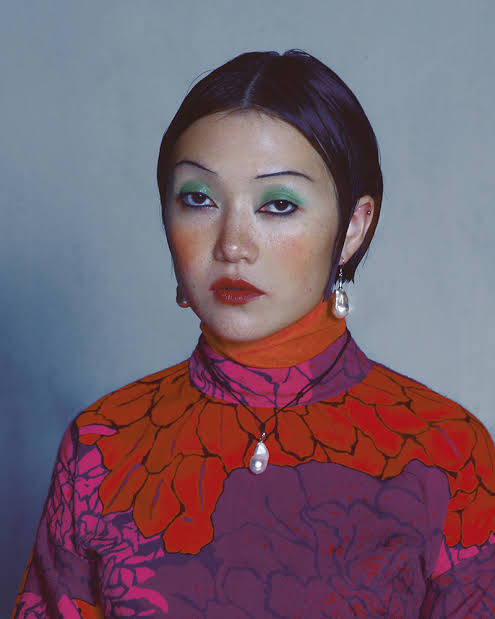 Rainbow Chan. Image: Supplied.
Rainbow Chan. Image: Supplied.
"Because she could see I was really down one time, my mum said to me, 'Don’t forget that you are an artist, that is your work. Things are in flux, but this is what you love. You are enough and you’ll be able to make it work, even if it means doing other work at the moment, but at the core of it, don’t give up.'
"That gave me even more of a drive to become a bit more resilient and flexible in my practice. To look at other ways of being able to apply my skills as a musician and as an artist in different spaces. Whether that was in a theatre context, or songwriting for other musicians, or for TV ads. I started to expand the range of where my skills could live."
Despite now spending about 70% of her time on her arts practice - which includes creating and producing her own work, as well as hiring and managing large creative teams - Chan says it took about a decade before this became the ratio between her arts practice and her work as a teacher.
"At the beginning, it was definitely more the flip. I’ve been making and selling music for over 13 years now. Initially, I tutored a lot of primary school kids in saxophone. I was also an English tutor for a long time. That was my main thing and then every now and then I did gigs," she says.
Chan says choosing to teach music was a natural choice, due to her innate strengths and skills. Just like the other artists interviewed, however, Chan says that if money were no object, she would just make art all of the time.
But, of course, money is an object, and this is exactly the point.
It is not something anyone needs to feel ashamed about - or to fear. As each of these artist’s stories demonstrate, working within these constraints can actually provide a lot of creative freedom, and take artists down roads they may not have otherwise chosen to go down.
"I think that things are sort of in flux. Maybe you’re not always going to be working at that other job, maybe there’ll be a period of time when you get some grants coming in and you can let go of that day job a little bit to do a bit more of your arts practice. But then maybe the next year you won’t be so successful in grants and funding, so you go back to the other job. I think that flexibility is really important," says Chan.
The emerging, mid-career and established labels we often give to independent artists are important markers of the blood, sweat and tears that go into creating and maintaining an arts practice.
Arts work is real work, but it is also very different from other kinds of work. These labels can be misleading, projecting a career as an independent artist as a linear progression towards having a 'successful' independent arts practice. Hiding within them is also all the other work, while only making visible the finished art object or product.
In terms of what success means, Chan says, "So much of art isn’t tangible or quantitative, in that way of 'OK, you sold this many artworks or you made these many projects'. A lot of it is process, learning and self-enrichment."
Demystifying what a 'successful' independent arts practice can actually look like for different people not only helps those looking to enter the industry to better understand what is possible - but also bridges the gap between artists and remedies feelings of isolation and loneliness while carving out your arts practice over a lifetime.
This article was originally published by our friends at Artshub Australia.
Written by Grace Ellen Macpherson.